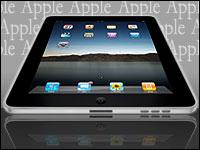
It’s no secret that newspaper companies are seeking new sources of revenue as readers — and the advertising dollars that typically follow them — migrate to electronic media. The New York Times Co. was among the first newspaper publishers to deliver its content to mobile devices. Now, it’s hoping to turn a profit by helping other publishers to do the same.
The New York Times Company has effectively entered the software development business, creating applications that publishers can use to deliver their content to Apple iPhones and iPads.
Several publishing companies are scheduled to adopt the Times’ Press Engine application when it becomes available later this year. These companies, some of which could be considered Times competitors, will pay a one-time license fee and monthly maintenance fees for the Times to maintain their applications. Publishers will retain all advertising and subscription revenue generated by their individual publications.
The E-Commerce Times spoke with Christine Topalian, director, news services, with the New York Times Company, about this new venture and its broader implications for the newspaper industry.
E-Commerce Times: Why is the New York Times Company, in effect, going into the software business?
Christine Topalian:
I’m part of a group called “news services” within the New York Times Company. We are a client-facing organization that serves roughly 1,500 clients globally. We provide content, which is the primary asset of the Times company, to these various media companies. Several clients came to us and asked if we would be interested in licensing the code for our own iPhone applications. That started a process of exploration through which we realized that it was a great idea and something that other publishers could benefit from.
ECT: What will the Press Engine platform offer that publishers can’t get from cutting their own deals with Apple to put their content on iPads and other devices directly?
Topalian:
Typically, publishers don’t do deals with Apple or other device manufacturers. They do deals with vendors who create applications for them. In that realm, the New York Times offers several years of experience in this space. We have an understanding of how users consume content on these devices, as well as technology and design expertise that publishers will find helpful.
ECT: Is the development of what might be considered ancillary products and services that support the distribution of content something we should expect to see from newspaper companies as a way of adjusting to a world in which ad revenue is declining?
Topalian:
It’s already happening. If you look at the mobile market today, compared with four years ago, there has been huge growth — and mobile content would have been considered an ancillary product to the website four years ago.
ECT: The Times company already has signed up a number of customers for Press Engine, including several companies that might be considered competitors. Is there an expectation going forward that newspaper companies that have competed against one another will have to enter into customer-supplier relationships, or even partnerships, to solidify their futures?
Topalian:
We’re not competing with anyone by providing them a framework to distribute content, because their content is stronger than that framework. A user who reads The Dallas Morning News or The Daily Telegraph will continue to do so. Users are coming for the content, and they are very loyal to specific brands.
ECT: Does the Times Company anticipate other publishing companies developing platforms similar to Press Engine?
Topalian:
There definitely will be a certain amount of competition. As I mentioned, technology vendors are creating these types of platforms for publishers; other organizations are doing so as well — and additional competition is to be expected. The difference between getting this type of service from the New York Times as opposed to someone else goes back to what I said about our history of expertise in this area. We have a history of creating products that distribute content.
ECT: The Press Engine business model depends to a large degree on publishers generating a certain amount of revenue through paid content. News Corp., a Times Company competitor, has a project in the works that calls for delivering content to e-readers — and that project also relies on having users pay for content. What has the Times company’s research shown in regard to users’ willingness to pay for content?
Topalian:
Let’s go back to the first part of your question, which assumes that these are going to be paid applications. Advertising revenue is also an important part of these applications, as well as the publishers’ business models. We do have ad units in the application. Publishers can serve ads directly into the applications and generate revenue in that fashion. On the second part of the question, the New York Times Company has announced plans to offer a paid model on its website later in early 2011. Arthur Sulzberger Jr., the publisher of The New York Times, has said that our audiences are very loyal, and we believe they will be willing to pay for our award-winning digital content. We don’t really want to say much more about the pay model.
ECT: What about non-New York Times content that’s distributed through Press Engine? Do you have an opinion on whether users will be willing to pay for that content?
Topalian:
Every publisher has a different audience. We’re not going to make business decisions for the individual publishers. Each of them has its own strategy in this area. Several applications offer the possibility of placing ads, some offer subscription models. There are several different ways that a publisher can look at this business and a number of different factors that go into their decision making.
ECT: How important is the device that readers use to access content to the paid content model? Press Engine is expected to launch by delivering content to the iPhone and iPad, two wildly popular and very trendy devices. Would you be as confident about the product’s chances to succeed if it were slated to start off delivering content to Windows-based tablets, BlackBerries, or desktop PCs?
Topalian:
We’re responding to a market need. Our clients have been asking for iPhone and iPad applications, and that’s where we’re focusing our efforts at this time.
ECT: Does that mean you expect to go to other devices at some point down the road?
Topalian:
We’re looking into it.



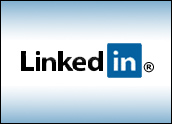




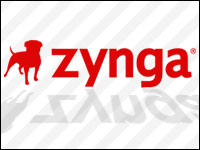













































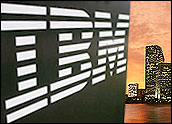
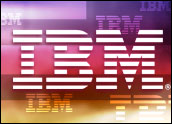





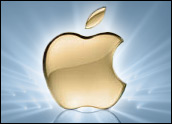

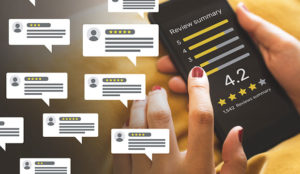
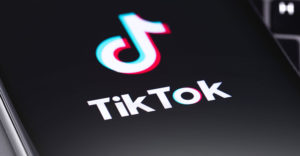




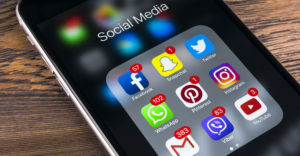





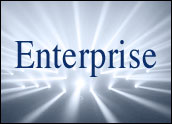








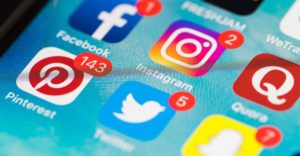

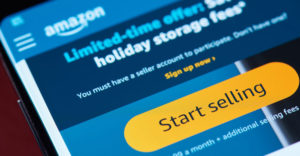



Social Media
See all Social Media